All Topics
- Alchemizing Music Concepts for Students
- Artist Spotlight
- artium gift card
- Artium Maestros
- Artium News
- buying guide
- Carnatic Music
- Devotional Music
- Editorials by Ananth Vaidyanathan
- Film Music
- Guitar
- Hindustani Classical Music
- Indian Classical Music
- Indian Folk Music
- Insights
- Instruments
- Karaoke Singing
- Keyboard
- Kids Music
- maestros
- Music Education
- Music for Kids
- Music Industry
- Music Instruments
- Music Legends
- Music Theory
- Music Therapy
- Piano
- piano guide
- Success Stories
- Tamil Film Music
- Telugu Film Music
- Time Theory
- Tools
- Uncategorized
- Vocal Singing
- Vocals
- western classical music
- western music
- Western vocal music
What are the Fundamentals of Hindustani Classical Music?
What are the Fundamentals of Hindustani Classical Music?
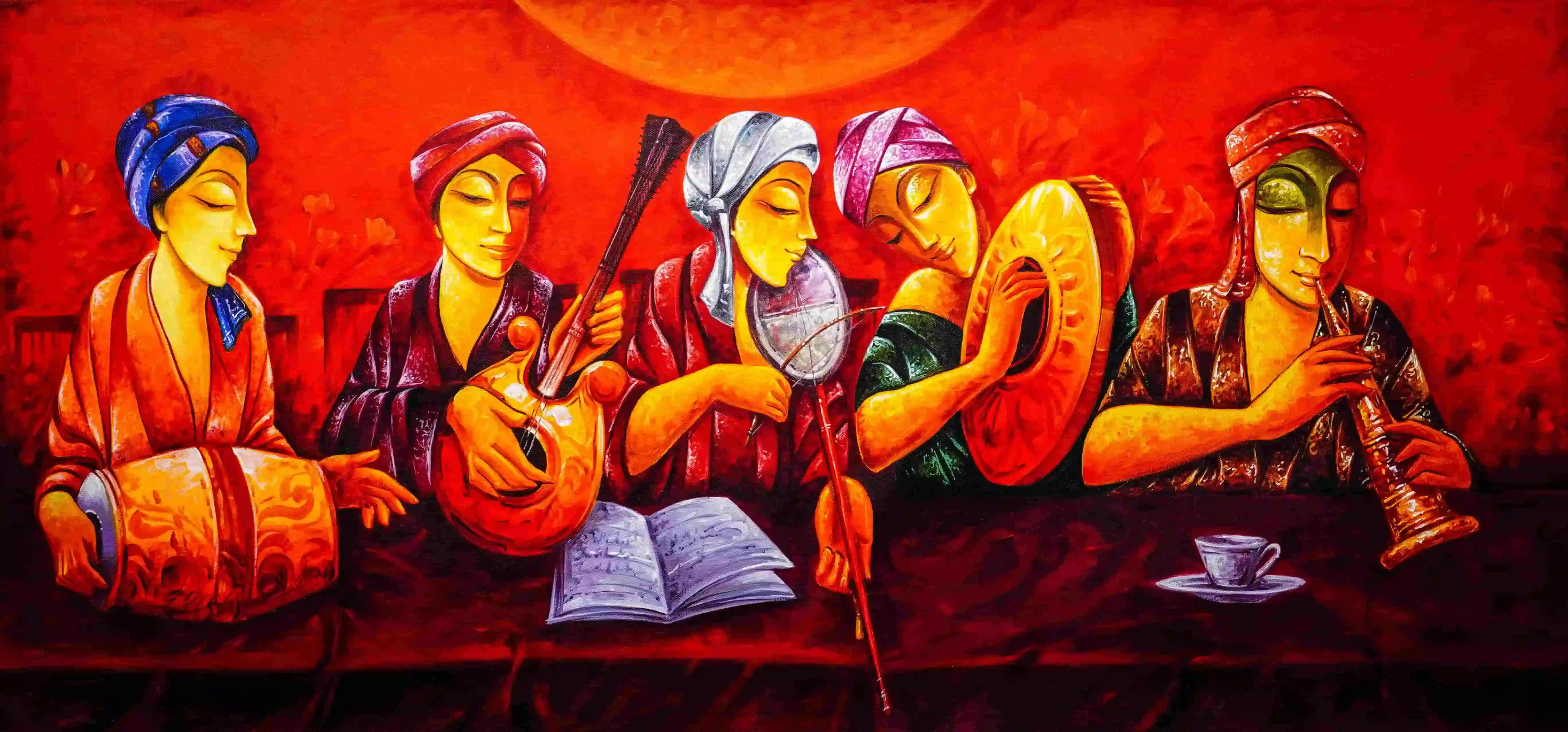
Table of Contents
Representing India’s cultural and spiritual heritage, Hindustani classical music is one of the world’s oldest and most profound musical traditions. Backed by a super-rich history, complex techniques and deep emotional resonance, Hindustani music has enthralled audiences for centuries. Understanding the basics is very important if you want to learn Hindustani music.
This blog dive deep into the key elements characterising Hindustani classical music, exploring its unique features and cultural significance.
But before that…
If you’re really excited to start your journey in music, start with a free trial lesson today!
Exploring Hindustani Classical Music
Hindustani music originated in North India over thousands of years ago. It is highly distinct from Western music, as it is deeply improvisational, with each performance presenting unique interpretations of its structure.
Hindustani classical music is built on two pillars: Raga (melodic framework) and Tala (rhythmic cycle). By working together, they create pieces/compositions that are technically complex and emotionally expressive. For beginners, understanding these two pillars is the starting point for Hindustani classical music.
The Essence of Hindustani Classical Music
Hindustani music can evoke emotions or Rasa, which is why it is said to blend science and art. Considered the fundamental pillar of a composition, Raga is an emotional journey that instructs on how to use notes and which phrases to emphasise. For example, Raga Yaman and Raga Bhairavi can create a sense of tranquillity and melancholy in a composition. These Ragas serve as a medium for expressing emotions and connecting with the audiences on a deeper level, making Hindustani classical music spiritual and a musical experience.
The Role of Tala in Hindustani Classical Music
A Tala is the heartbeat of Hindustani classical music. It’s a representation of a rhythmic cycle that supports a composition. Every Tala has a particular pattern of beats, like Teentaal (16 beats) or Ektaal (12 beats).
Tala has vast importance in Hindustani music. It gives the composition a structure for improvisation. An expert Hindustani classical singer uses Tala as a structure to create intricate rhythmic patterns and variations. So, if you are a musical aspirant, developing a strong rhythm sense is as important as understanding melody. Offline or online singing classes often include Tala exercises to help students familiarise themselves with these rhythmic patterns.
To understand more about the relevance, and importance of Tala in Hindustani music, read our complete blog, ‘The Role of Tala in Hindustani Classical Music’.
The Significance of Instruments in Hindustani Classical Music
Like other music, instruments play a pivotal role in Hindustani classical music. They are essential in both accompaniment and solo performances. Some of the instruments used in Hindustani music are –
- Tanpura – Best for a constant tone and creating a harmonic foundation.
- Tabla – Best for complementing vocalists or instrumentalists by adding rhythmic intricacy.
- Sitar – Best known for vibrant strings and complex melodies.
- Harmonium – Best for melodic support and vocal performance.
Every instrument plays a crucial role in elevating the performance and improving the connection between the artist and the audience. To learn more about the kind of instruments used in Hindustani music and their role, read the blog, Major Instruments Used in Hindustani Classical Music, where we have detailed the major instruments and their role in Hindustani music.
Core Concepts of Hindustani Classical Music
To truly understand Hindustani music, it’s important to understand its foundational concepts. Here are some well-known concepts of Hindustani music –
- Alap – An Alap is an introductory section of a slow performance, where the musician explores the Raga to set a mood, not necessarily with a rhythm.
- Bandish – A fixed composition inside a Raga that presents as a base for improvisation.
- Gamaka – Ornamentation techniques, such as slides and oscillations, add expression to notes.
- Improvisation – A trademark of Hindustani classical music, where musicians showcase their mastery and individuality while creatively exploring Ragas.
These elements combine to create deeply personal and universally resonant performances.
The Influence of Gharanas in Hindustani Classical Music
A Gharana is a musical tradition in Hindustani classical music passed down through generations. It is nothing more than a school or tradition of music that has been developed over centuries. Every Gharana has its unique style, interpretation and techniques. Here are some of the prominent Gharanas –
- Kirana Gharana – Best known for a focus on melody and emotional depth.
- Agra Gharana – Highlights on powerful, rhythmic compositions.
- Maihar Gharana – Blends instrumental and vocal traditions.
If you are an aspiring Hindustani classical music singer, your focus should be learning from a particular Gharana. Learning from a Gharana will allow you to dive deeper into its unique intricacies, offering a rich and diverse repertoire.
Conclusion
Hindustani classical music is more than just an art form—a journey of self-expression and emotional connection. Students can unlock a world of creativity and musical excellence by mastering its fundamentals, such as Raga, Tala, and improvisation. At Artium Academy, we provide the perfect starting point for those looking to learn Hindustani classical music. With expert mentors, structured lessons, and interactive online singing classes, we ensure that learners of all levels can delve into the beauty of Indian classical music.
Take the first step today—explore our courses and discover the timeless charm of Hindustani Classical Music.
FAQs on Fundamentals of Hindustani Classical Music
Ragas and Talas are the two important basic elements of Hindustani music. Raga represents the mood and structure of a composition, while Tala provide the rhythm and timing. Improvisation is also one of the key elements of Hindustani music. It allows the freedom to creatively explore and express emotions in a structured framework.
Following are the 5 elements of Hindustani music: Raga – A framework used for improvisation and composition, Tala – A rhythm structure that defines the timing of the composition, Alap – A slow, beginning section where the musician explores raga without rhythmic support, Bandish – A composition that serves as the major part of a performance, Improvisation – A crucial aspect of composition where musicians explore Raga and add their expressions.
Following are some of the defining features of Hindustani music: 1) Microtonal Notes (Shrutis) – Hindustani music uses 22 microtones to add depth to compositions. 2) Emphasis on Rasa (Emotion) – Ragas inspire the emotions of joy, devotion or melancholy. 3) Gharana Tradition – Different Gharanas (schools) have different styles of performance and interpretations. 4) Jugalbandi (duets) – Often seen in vocal and instrumental performances.
Hindustani and Carnatic music, combined, is called Indian classical music. The basic concepts of Indian classical music include – Raga, Tala, Swara, Laya and Bhava.
Tansen is widely considered to be the father of Hindustani classical music.
The seven fundamental notes or Swaras of Hindustani music are Sa (Shadja), Re (Rishabh), Ga (Gandhar), Ma (Madhyam), Pa (Pancham), Dha (Dhaivat) and Ni (Nishad). Together, they are known as Sargam and form the basis of all melodies in Hindustani classical music.
Raga must follow the following rules – It should have at least 5 swaras in ascending (Arohana) and descending (Avarohana) order. 1) Sa (Shadja) is the base note and cannot be omitted. 2) Every Raga structure must follow a specific pattern. 3) Every Raga gets its character from the main note (Vadi) and the secondary note (Samvadi). 4) Every Raga is often assigned to specific times of the day or seasons. 5) Every Raga conveys a specific mood or emotion, like devotion, love or sorrow.
Tal (Tala) is a rhythmic cycle of Hindustani music. Some of the most commonly used Talas are – Teental (16 beats), Jhaptaal (10 beats), Ektaal (12 beats), Rupak Taal (7 beats), Dadra (6 beats), Keherwa Taal (8 beats), Jhaptal (10 beats).
A Tala governs the rhythm in Hindustani music. Every Tala has a set number of beats (Matras) divided into sections called Vibhags. The interaction between melody and rhythm allows musicians to improvise and create intricate compositions, making Hindustani music deeply expressive and engaging.

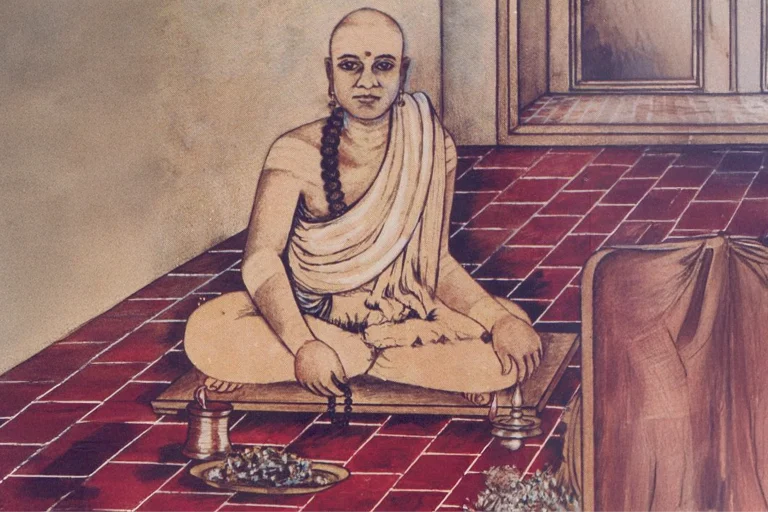
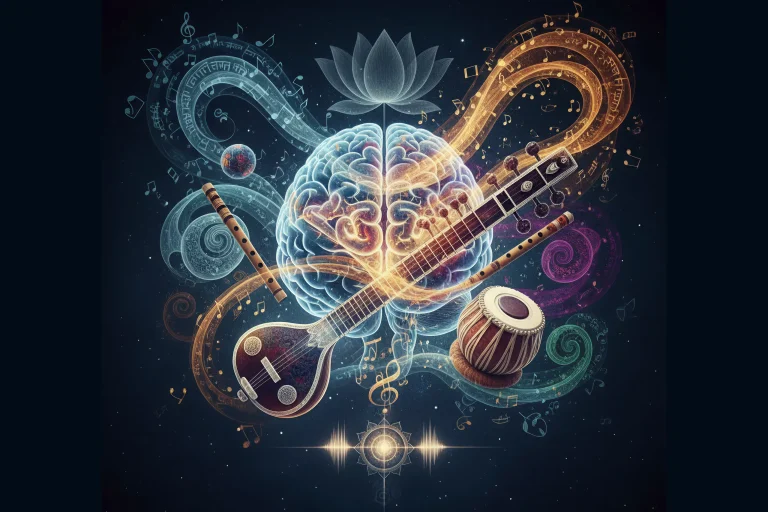
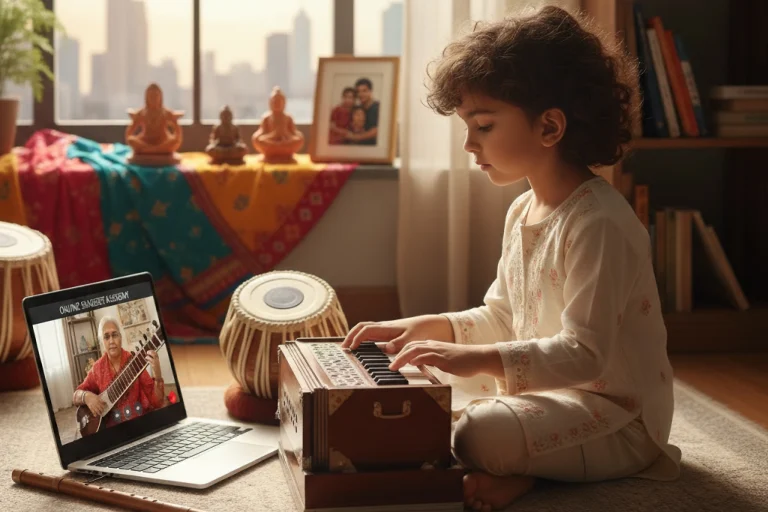
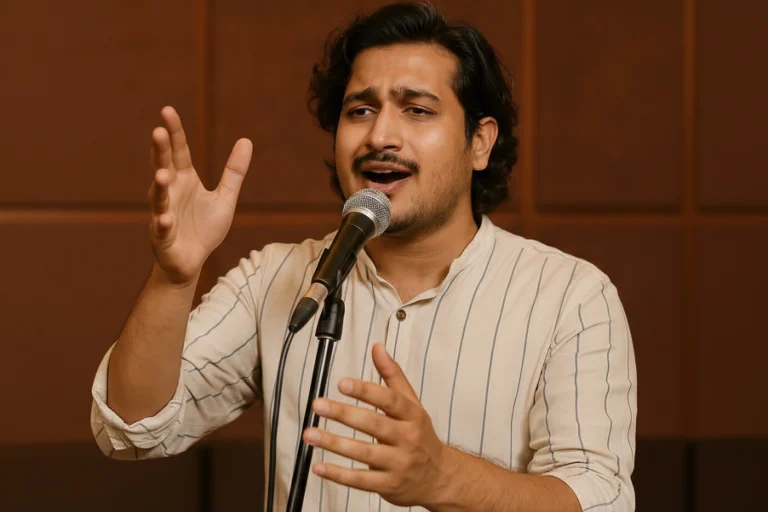
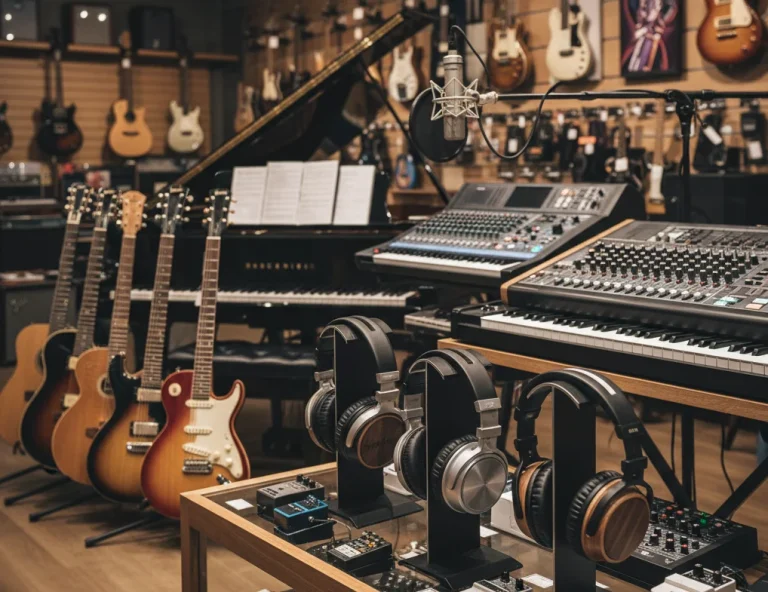

This is a fantastic article for anyone looking to understand the core pillars of Hindustani classical music. You’ve explained the fundamentals so clearly.
As a Tabla educator at Tablatheka.com, I often find that while new students are mesmerized by the Raga, it’s a deep understanding of the **Tala** that truly grounds their musical journey. The rhythmic framework is the canvas on which the melody is painted, and it’s wonderful to see it given importance here.
Thank you for creating such a valuable resource for aspiring musicians!